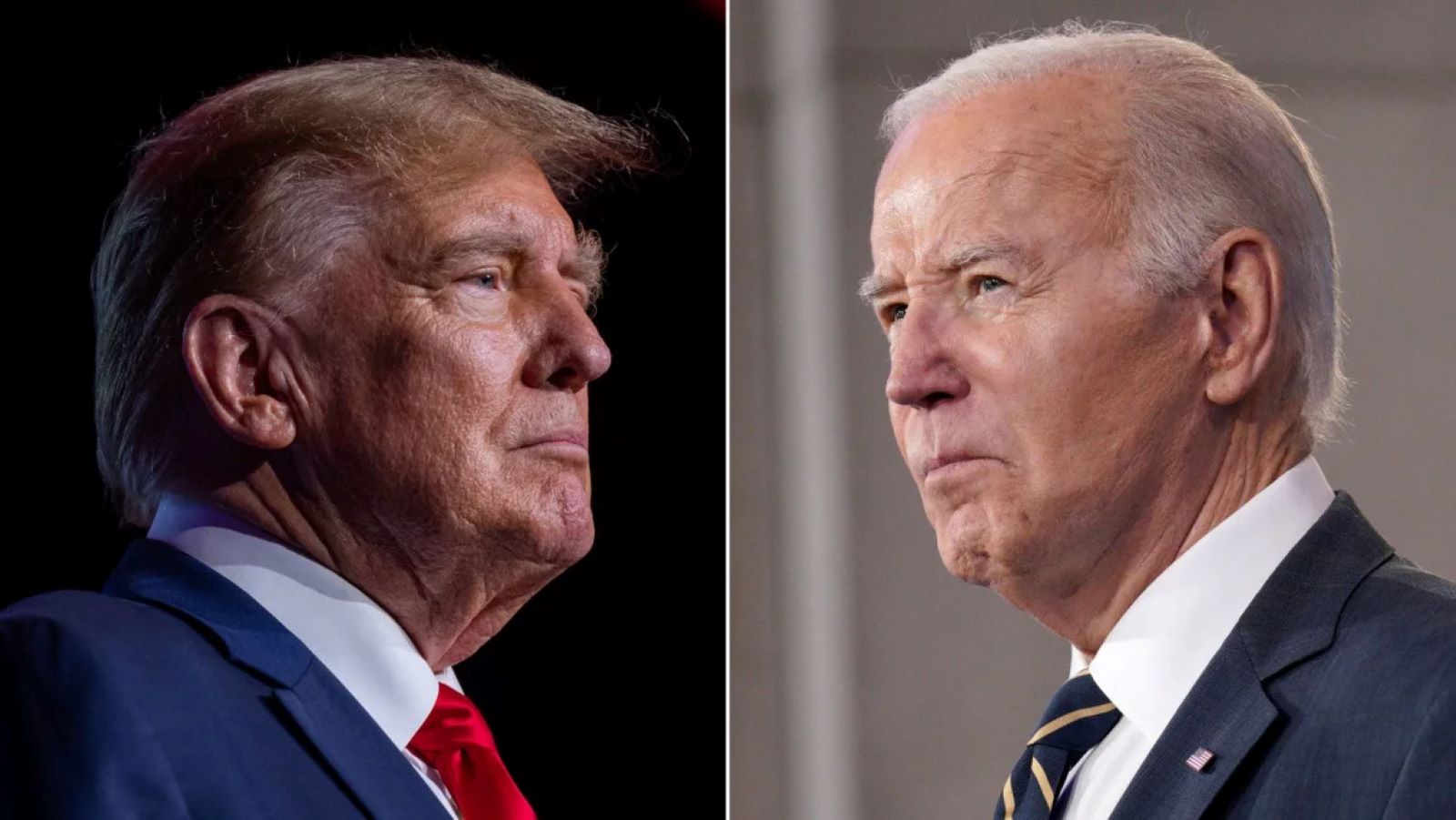Headline inflation under pressure from higher core inflation: IMF

The International Monetary Fund (IMF) has warned that resistance to structural inflation in Mexico, which is core inflation, suggests that pressure on prices could be more general in 2022.
Core inflation discounts the traditionally volatile prices of some products. In the case of Mexico, it was 6.11% annually, in the first half of January, the highest level for the same period since 2001.
Expect an interest rate hike
According to IMF economists, led by the organization’s new director for the Western Hemisphere, Ilan Goldfin, this pressure will spur interest rate hikes by the Bank of Mexico, which will also create pressure on the economic recovery and public finances.
Thus, the challenge for central banks in the region includes “clear and transparent communication” when “increasing interest rates further”.
In the first update of this year on the official blog of the International Monetary Fund, they emphasized that the global economic recovery is gradually returning to the historical trend.
In this economic context, wage pressures and benchmarking practices drive prices higher in Latin America, particularly in larger economies such as Mexico and Brazil.
Standardization is the automatic adjustments of salary contracts in relation to inflation.
Goldfajn, from Brazil, where inflation has been more stable than the entire region, explained that if higher prices threaten to undo expectations, central banks will have to raise interest rates further to maintain their continued commitment to inflation targets.
They argued that the pandemic and new waves of infection remain latent risks to the normalization of input supply chains, which may also continue to put pressure on inflation.
In a blog update titled “Latin American Recovery Losing Momentum,” they stressed the need for reforms, and suggested that governments in the region combine anti-inflation measures with structural policies that encourage growth.
The agency states that the pandemic came at a time of social tensions in the region, so with the political calendar “social unrest remains a significant risk.”
Financial sustainability is another challenge
According to the analysis, the epidemic came to generate great pressure on the public finances of countries that, for the most part, decided to give financial support in the event of a health emergency that led to confinement.
They explained that the expected increase in rates will tighten financing conditions at a time when governments must introduce strategies to stimulate economies and renew their ability to respond in the face of growing social unrest.
Social risks on the horizon
In the same blog, economists at the International Monetary Fund estimated that countries in the region face a high risk of social unrest due to the economic stagnation they find themselves in, inflationary pressure, and the impact of the pandemic.
They recommended addressing persistent inequality, particularly in the upcoming electoral context in Costa Rica, Colombia and Brazil.
In his view, it would be appropriate to develop economic revitalization strategies with a broad focus on social inclusion.
According to IMF experts, social unrest has accumulated after the recession in which economies remained after the boom in raw materials in 2013.
Just last week, the International Monetary Fund presented its updated economic outlook for the world and in it for Latin America and the Caribbean, they now estimate a 2.4% expansion, which includes a cut from its 3% forecast in the fall.
This performance will be guided by the modest growth of Brazil, the region’s largest economy, which is expected to grow by 0.3% in 2022, and Mexico, which is expected to grow by 2.8%.

“Bacon advocate. Certified creator. Twitteraholic. Tv junkie. Beer fanatic. Internet nerd. Passionate thinker. Reader.”




:quality(85)/cloudfront-us-east-1.images.arcpublishing.com/infobae/OF4NJDPGLBEYJAZ5XZMH3OIPJ4.jpg)



